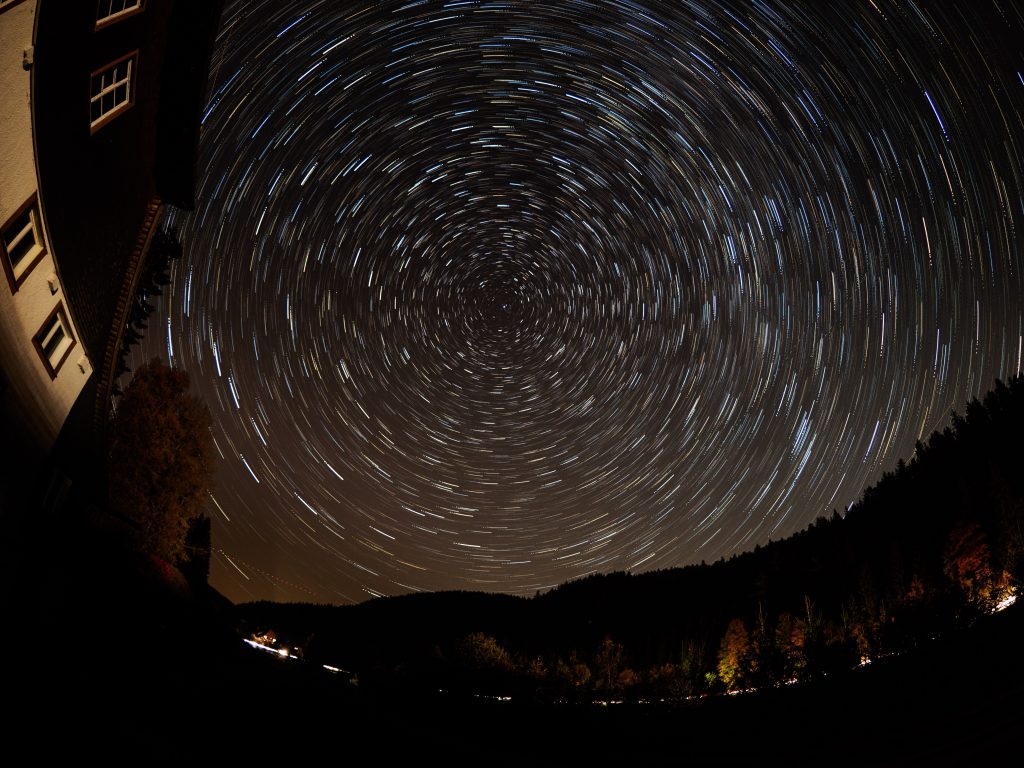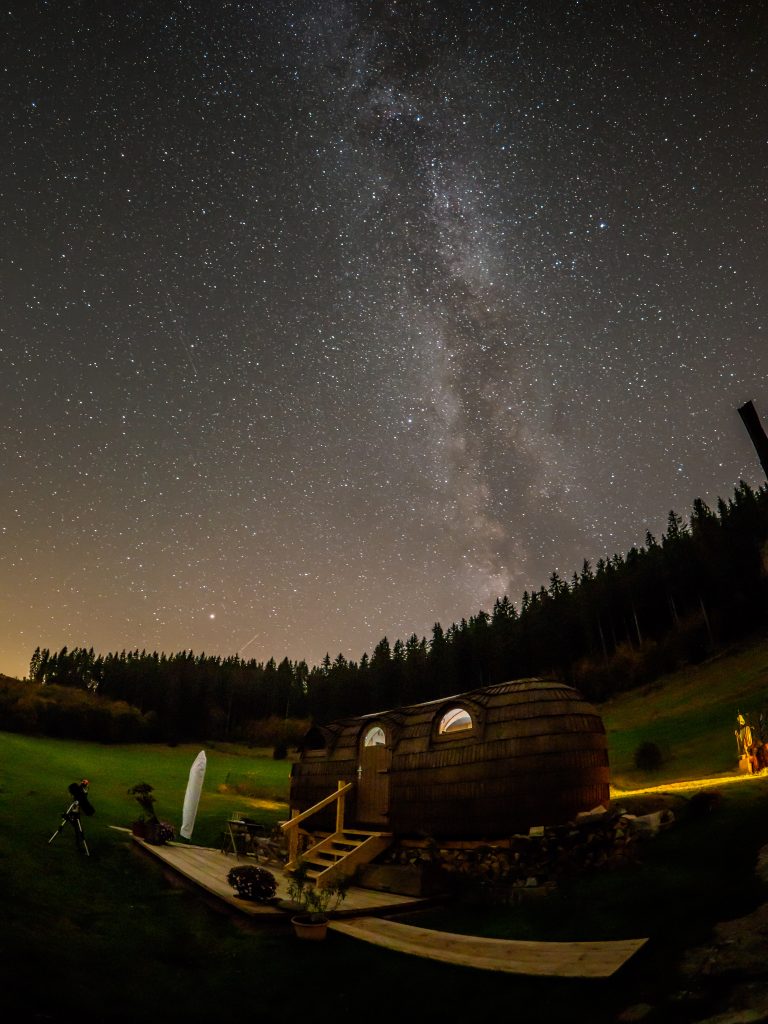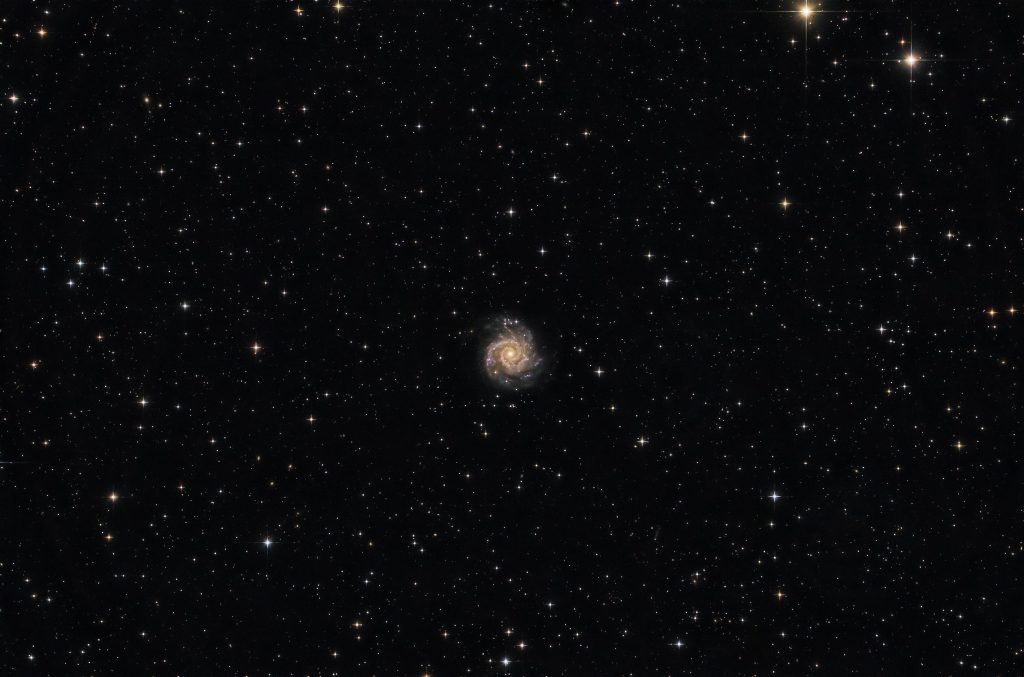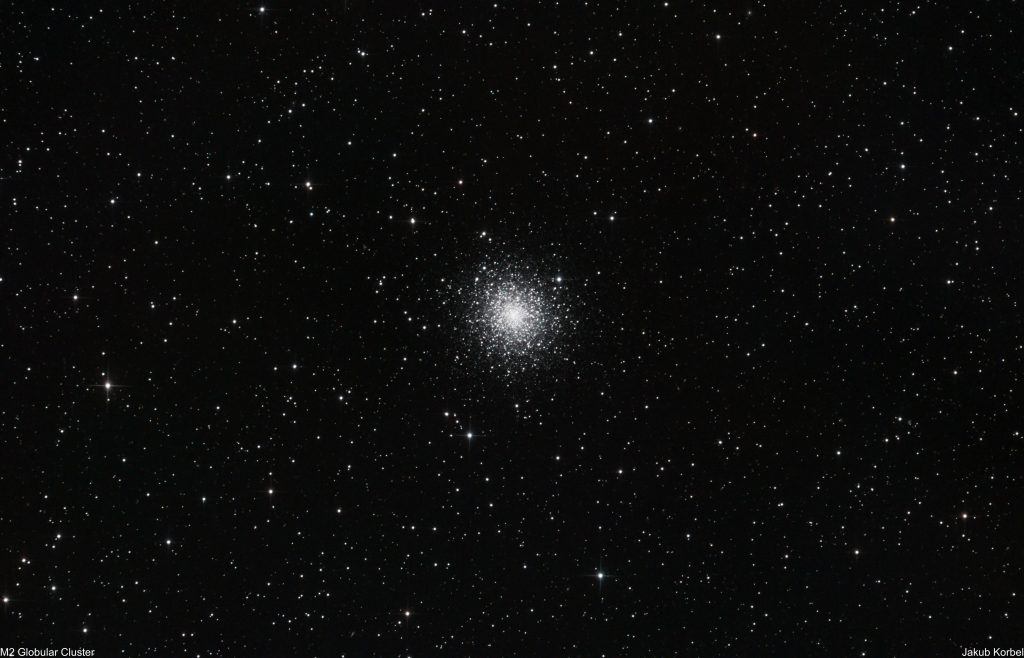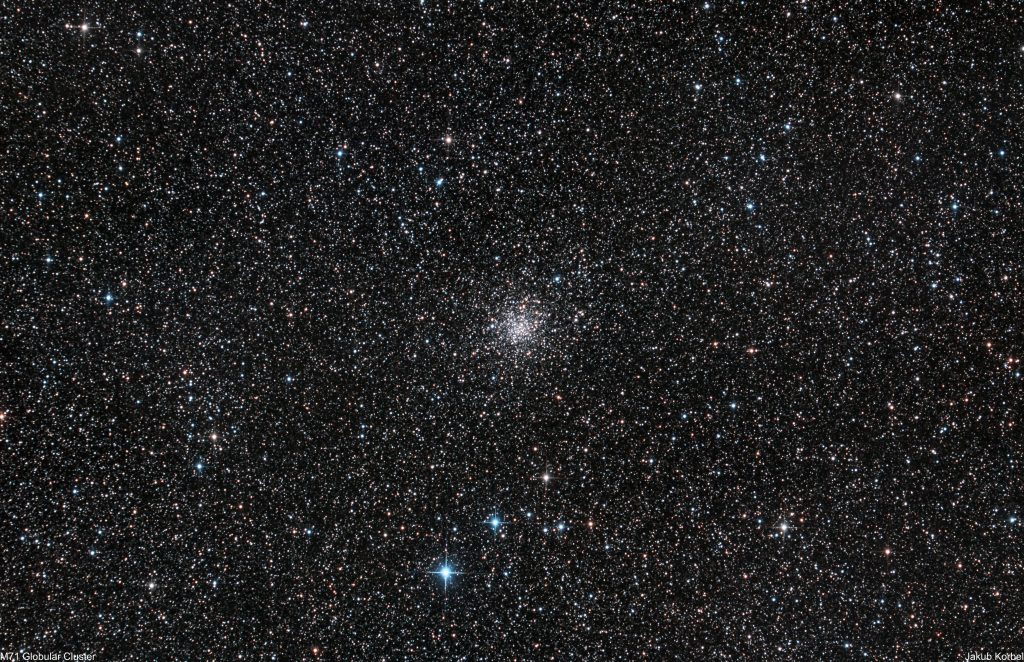My second expedition after the dark skies (this year) led us to Germany, specifically to Black Forest (Schwarzwald) in the state of Baden-Württemberg. We rented a small cabin for a weekend and I took the same equipment which I took to Milos, i.e. telescope newton 150/600 mm, mount iOptron CEM25P and ZWO 071 Pro camera.
As soon got dark, the Milky Way showed up. I measured SQM and it reached 21.1, which is not spectacular, but far better compared what I have at home.
The equipment was working perfectly, but the dew started to form on the secondary mirror, because the cabin is close to river Breg, which means a lot of humidity. I never had dew problems with Newtonian telescope up to now. Lessons learned – I need a dew shield. I managed to capture only M74 Galaxy and M78 Nebula.
Anyway, I also managed to capture wide angle photos with my Pen-F and Fish eye lens.
Here are the star trails – exposure 30x30s:
And here is the Milky Way – exposure 1x30s ISO 3200 f1.8:

